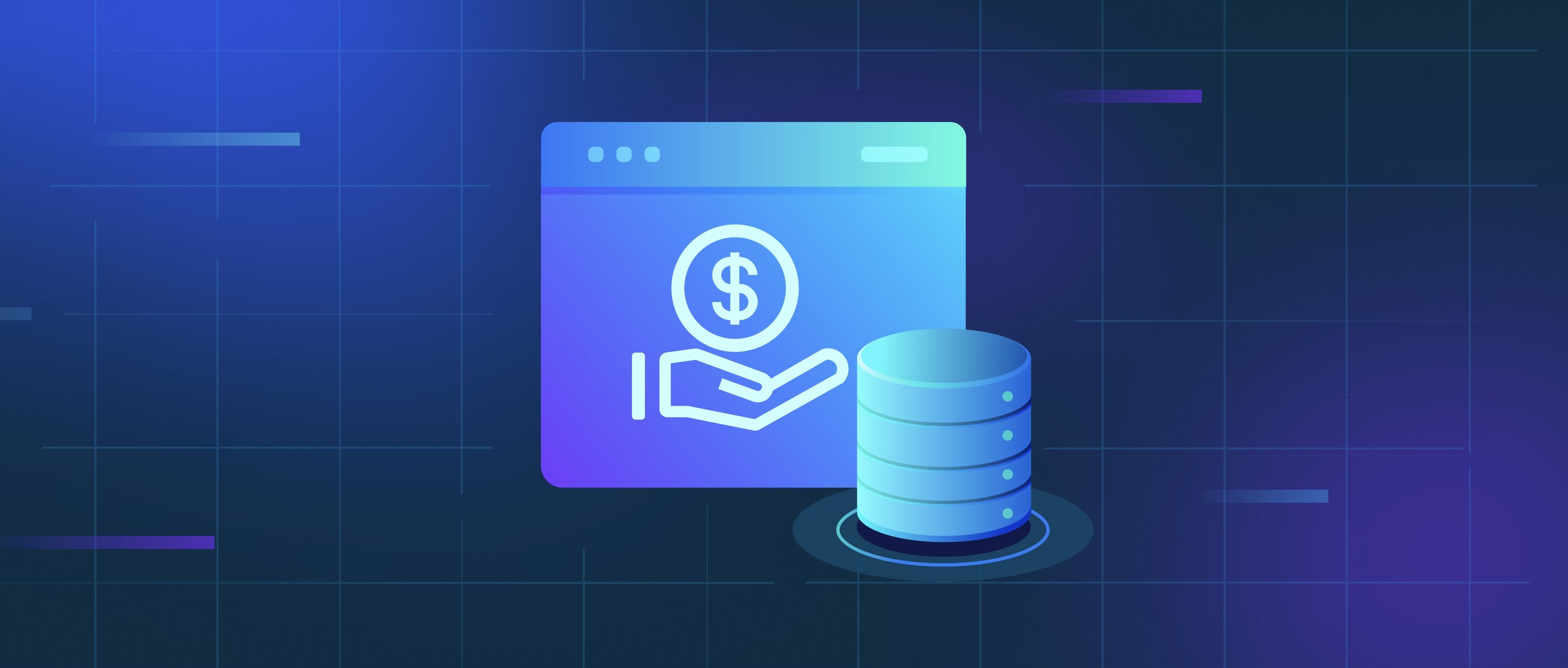Few-shot learning is a technique designed to address the challenges posed by data scarcity in training machine learning models. In many real-world applications, collecting large amounts of labeled data can be difficult, time-consuming, or expensive. Traditional machine learning often relies on thousands or millions of examples to achieve good performance. However, few-shot learning enables models to learn effectively from just a handful of examples—sometimes as few as one or five. This capability allows developers to build models that can generalize from limited data sets, making it easier to deploy solutions in situations where data collection is impractical.
One of the key aspects of few-shot learning is its ability to leverage prior knowledge from related tasks. Techniques such as transfer learning and metric-based learning are often employed in this space. For instance, a model pre-trained on a large image dataset, like ImageNet, can be fine-tuned with just a few samples of a new category, such as a specific type of flower. Instead of starting from scratch, the model utilizes the features it learned earlier and adapts them to recognize the new, less common class. This approach not only saves time and resources but also improves the robustness of the model in handling new tasks.
Furthermore, few-shot learning can be particularly beneficial in specialized domains, such as medical image classification or rare event detection, where gathering large labeled datasets is challenging. For example, in healthcare, datasets for specific diseases may be limited due to the rarity of those conditions. A few-shot learning model can be trained using existing data from similar diseases to help identify and classify instances of the rarer disease with just a few annotated examples. Ultimately, few-shot learning paves the way for creating efficient machine learning systems that can adapt to more diverse applications with minimal data, offering practical solutions for developers working in data-scarce environments.
